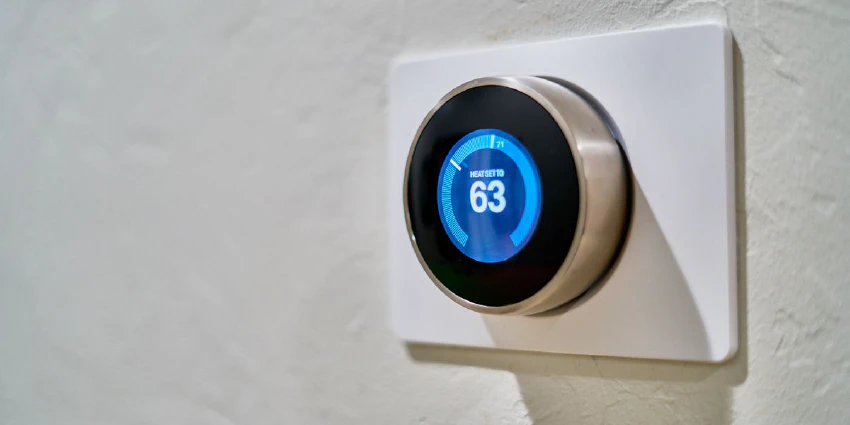
DIY Home Automation
Being a nerd, I view my house as being a machine. In fact, it’s a rather complex machine with all kinds of inter-dependent sub-systems and external connections and dependencies. And since it is a machine, I should be able to automate many of its functions.
Sure, many commercial solutions already address various aspects of automating one’s home. But again, most are cloud-hosted solutions where a 3rd party has access to my data. Worse, the life of my system would be beholden to that 3rd party. And we have already seen cases where some IoT company goes out of business, and suddenly, people can no longer use the components they have installed in their homes.
There have also been many security-related incidents where smart locks get bricked, security cameras get hacked, and worse. So given all that, why would anyone want to automate their home? Well, for me, it’s because it’ll help me run various systems in the house more efficiently … and because I can 🤓
Now, I do not want to rely on some 3rd-party commercial vendor. Instead, I want to host my home automation system in my house on my network. So, is there such a system? Yes! Of course 🙂
In my travels around the interwebs, I came across Home Assistant. It’s an open-source home automation system that can be self-hosted, focuses on privacy, and is maintained by a large community of developers worldwide.
It can be extended and has tons of integrations with various devices and systems. For example, it has plug-ins for my wifi-enabled light switches, security cameras, and tons more. I’ve installed the Home Assistant application on a separate Raspberry Pi 4 and am, for now, just playing around with it.
There is a lot to learn here. But I can already see that I’m only scratching the surface of what this system can do and which 3rd-party devices it can support and manage. And yes, there will be several more posts on the installation itself, how I’ve integrated various components, services, and more.




